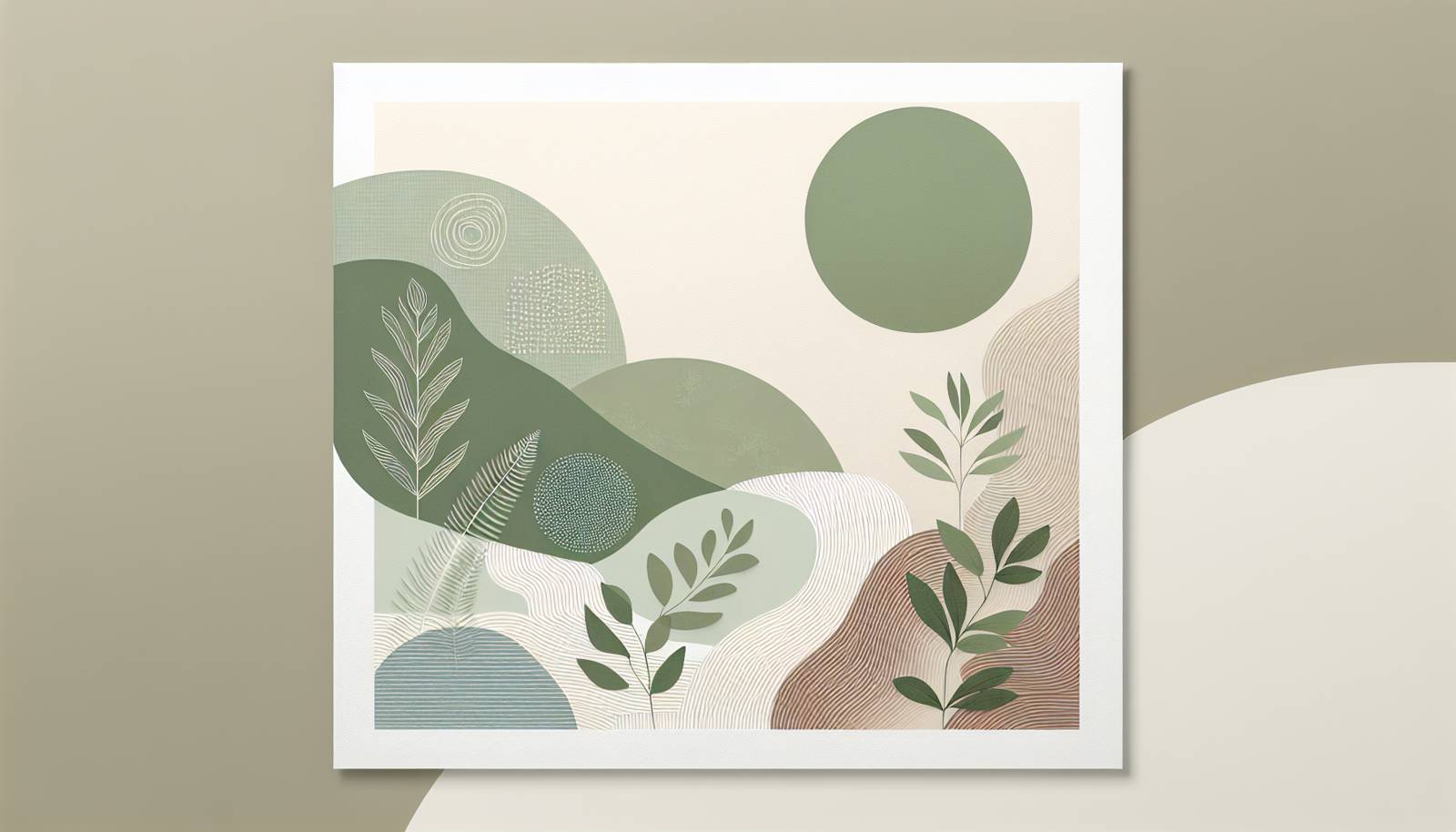
FAQ About Indoor Plant Water Stress Signs and Management

What are common signs of underwatering in indoor plants?
Common signs of underwatering in indoor plants include wilting, dry soil, brown and crispy edges of leaves, and leaves dropping prematurely. If the plant's leaves appear dull and lifeless, and the soil is pulling away from the edges of the pot, it's a strong indication of underwatering.

How can I tell if I am overwatering my indoor plants?
Overwatered plants often exhibit symptoms like yellowing leaves, particularly the lower ones, mushy stems, and root rot. The soil may remain moist or waterlogged, and you might notice mold or a foul odor in the soil. Leaves might also become soft and droop without wilting from the tips.

What is the best way to water indoor plants?
The best way to water indoor plants is to water them thoroughly but infrequently, allowing the soil to dry out slightly between waterings. It's essential to ensure that water drains out from the bottom to avoid waterlogging the roots. The watering frequency depends on the plant species, pot size, and environmental conditions like humidity and temperature.

How often should I water my indoor plants?
The frequency for watering indoor plants varies depending on the type of plant, pot size, and environmental factors. Generally, most indoor plants prefer to be watered once the top inch of soil is dry. However, some plants, like succulents and cacti, require less frequent watering compared to tropical plants.

Are there any tools to help manage water stress in indoor plants?
Yes, tools like moisture meters can be very useful in managing water stress. A moisture meter measures the soil's moisture content, indicating when it is time to water your plants. Additionally, using pots with drainage holes and well-draining potting soil can help prevent water stress due to overwatering.

Why are my indoor plant leaves turning brown at the tips?
Brown tips on leaves are often a sign of underwatering or low humidity. It could also be a result of over-fertilization or mineral accumulation in the soil. Ensuring proper watering and maintaining adequate humidity levels can help mitigate this issue.

Can water stress lead to insect infestations in indoor plants?
Yes, water stress, whether from overwatering or underwatering, can weaken plants and make them more susceptible to pests. For instance, overwatered plants may attract fungi gnats, while stressed plants can become targets for spider mites or aphids.

How does temperature affect indoor plant water stress?
Temperature plays a significant role in water stress for indoor plants. Higher temperatures can increase evaporation and transpiration, prompting more frequent watering. Conversely, lower temperatures slow down water absorption and increase the risk of overwatering, as the soil takes longer to dry out.

Is wilting always a sign of underwatering?
While wilting is commonly associated with underwatering, it can also occur due to root damage, nutrient deficiencies, or even overwatering in some cases. To determine the actual cause, check the soil moisture and observe for any other accompanying symptoms.

How can I fix an overwatered indoor plant?
To fix an overwatered plant, first allow the soil to dry completely. Remove any dead or rotting roots using sterilized tools. Repot the plant in fresh, well-draining soil if necessary. After giving the plant time to recover, adjust watering habits to prevent recurrence.

What are some signs of healthy watering habits in indoor plants?
Healthy watering habits result in vibrant and strong indoor plants with no yellowing, browning, or drooping of leaves. The soil should be moist but not saturated, and there should be good root development without signs of mold or odor from the soil.

How does humidity affect watering needs for indoor plants?
Humidity significantly affects a plant's watering needs. In high humidity environments, plants may require less frequent watering as evaporation rates decrease. Conversely, in low humidity, plants might need more frequent watering to make up for increased water loss.

Can the type of pot impact water stress in indoor plants?
Yes, the type of pot can greatly impact water stress. Pots with drainage holes help prevent overwatering by allowing excess water to escape. Conversely, pots without drainage can trap water, leading to root rot and other issues related to overwatering.

How can I avoid underwatering my indoor plants?
To avoid underwatering, establish a regular watering schedule and pay attention to the specific needs of each plant species. Monitor the dryness of the soil by checking its moisture level either by touch or using a moisture meter. Adjust the schedule based on seasonal changes and plant growth.

How do I know if my potting soil is retaining too much water?
If potting soil retains too much water, it will feel consistently wet and may emit a sour smell due to lack of oxygen. You might also notice mold growth on the soil's surface. Using a well-draining soil mix and ensuring pots have adequate drainage can help prevent this issue.

Can I use tap water for my indoor plants?
Tap water is generally suitable for most indoor plants, but its quality may vary. If tap water is high in chlorine or fluoride, it can cause leaf tip burn or yellowing. Allowing tap water to sit out for 24 hours before use or using filtered water can mitigate these issues.

What is the role of a saucer in managing plant water stress?
A saucer placed under a plant pot can catch excess water that drains out, preventing water from spilling onto floors or furniture. However, water should not be left standing in the saucer as it could lead to root rot. Empty the saucer shortly after watering.

How does light exposure affect the watering needs of indoor plants?
Light exposure influences a plant's water requirement; plants in bright, direct light often need more frequent watering compared to those in low light since they tend to dry out faster. Observing the soil moisture and adapting watering to match light conditions is crucial.

Should I mist my indoor plants to help with water stress?
Misting can be beneficial for plants that thrive in humidity, helping alleviate water stress in environments with low humidity levels. It's particularly useful for tropical plants but should be done carefully to avoid water sitting on leaves for too long, which can lead to fungal issues.
